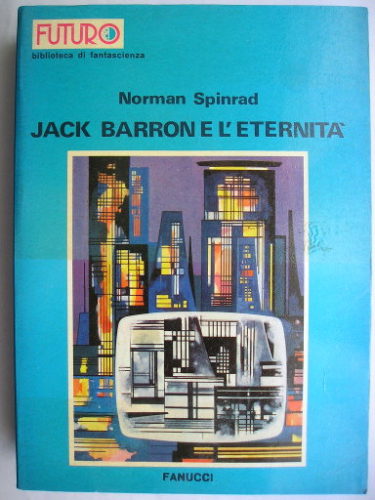
Green Mars by Kim Stanley Robinson
The novel “Green Mars” by Kim Stanley Robinson was published for the first time in 1994. It won the Hugo and Locus Awards. It’s the second novel in the Mars trilogy and follows “Red Mars”.
In the decades after the 2061 revolution on Mars terraforming operations continue and more and more colonists arrive. The ideas about the future of the planet keep on being different among the surviving First Hundred and even more so with Earth’s interests aimed at the exploitation of local resources.
New generations of real Martians are raised, some of them in hiding like Nirgal’s belongs, which becomes increasingly important. Gradually Mars changes as tensions among various factions increase: the result will determine the future of the planet, which is not so red anymore.



